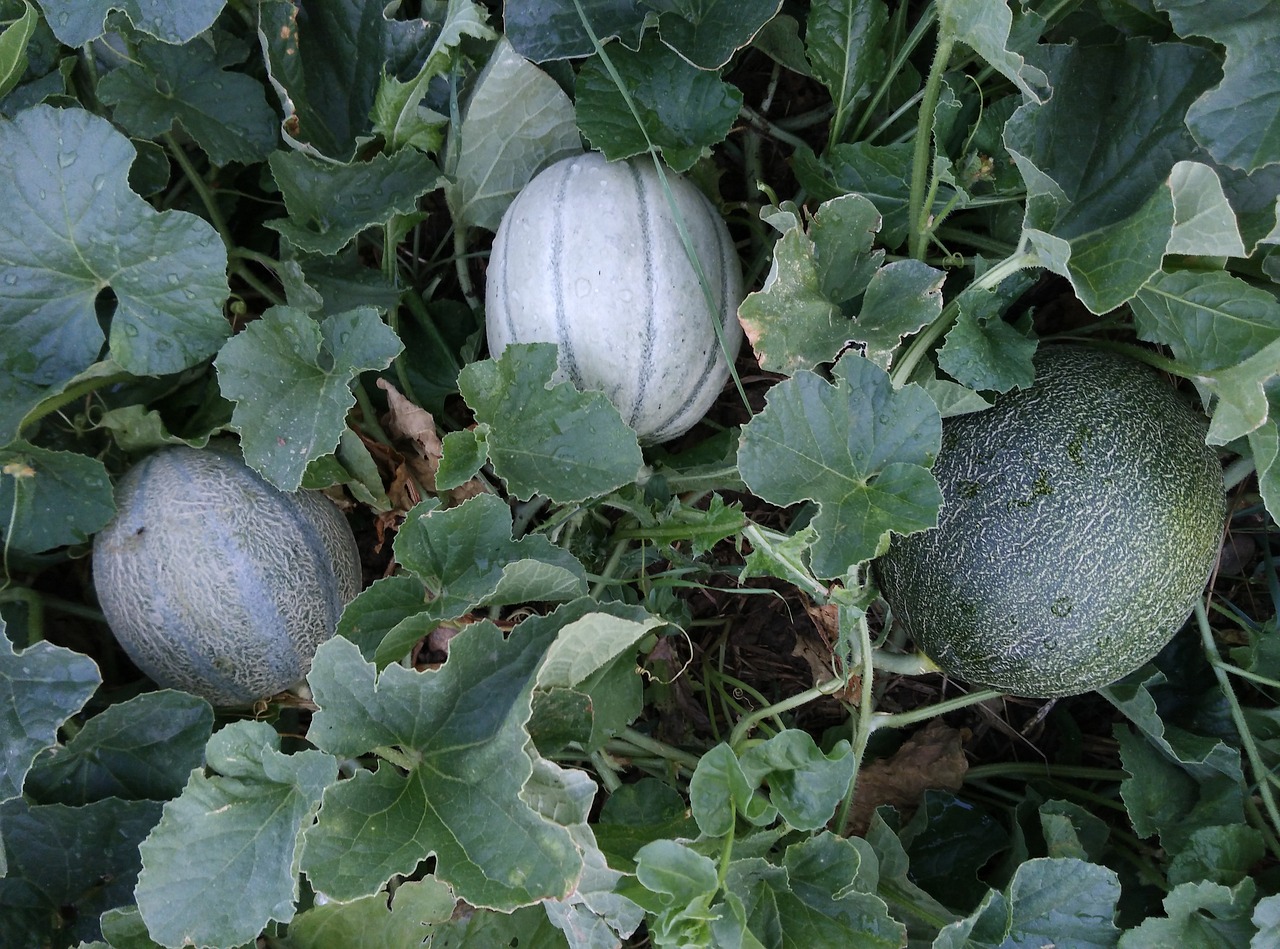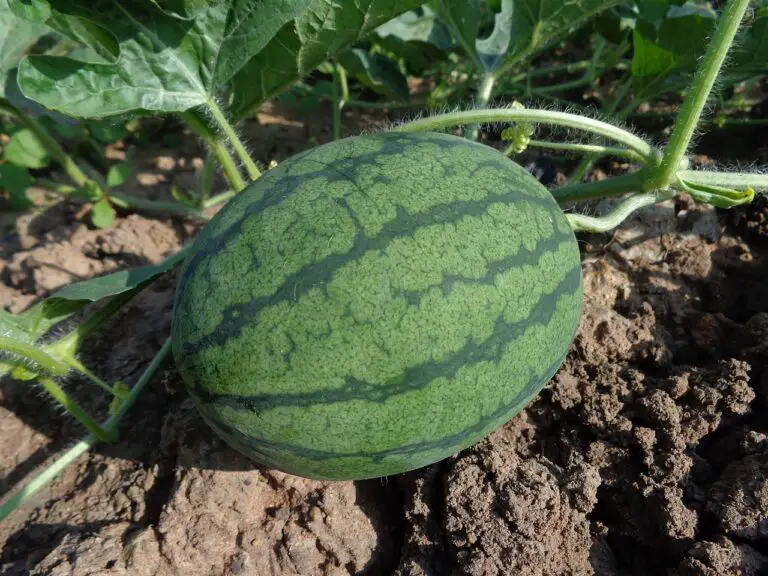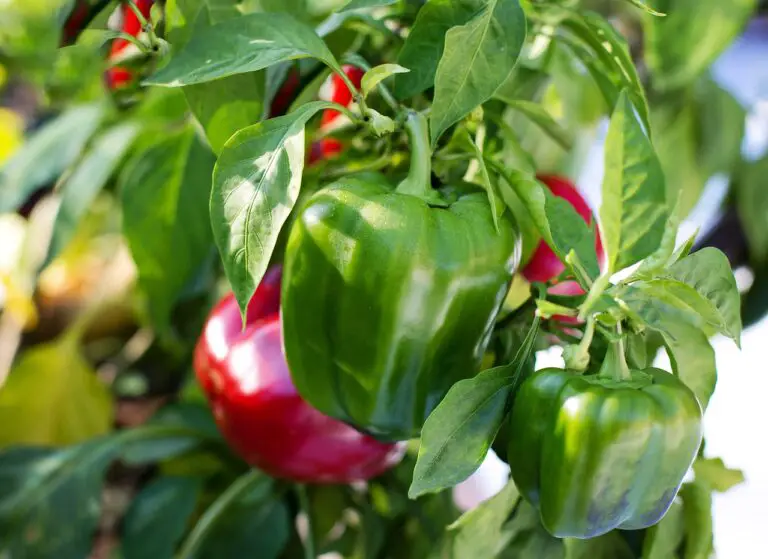10 Tips To Increase Fruit Production On Cantaloupe

Cantaloupes, also known as muskmelons or sweet melons, are a popular and delicious fruit enjoyed worldwide. Cultivating cantaloupes can be a rewarding experience, but maximizing fruit production requires careful attention to various factors. Whether you’re a seasoned gardener or a novice looking to enhance your cantaloupe harvest, these 10 tips will help you increase fruit production and yield sweeter, juicier melons.
10 Tips to Increase Fruit Production on Cantaloupe
1. Choose the Right Variety
Selecting the appropriate cantaloupe variety is crucial for optimal fruit production. Different varieties thrive in varying climates and soil conditions. Consider factors such as your location, climate, and the specific needs of each variety to ensure a successful harvest.
When choosing a cantaloupe variety, it’s essential to take into account your local climate and soil conditions. Certain varieties are better suited to specific regions, so selecting one that aligns with your environment will set the stage for a successful harvest.
2. Provide Adequate Sunlight
Cantaloupes are sun-loving plants that thrive in full sunlight. Ensure your cantaloupe plants receive a minimum of 6-8 hours of direct sunlight daily. Proper sunlight exposure promotes robust growth, encourages flowering, and ultimately enhances fruit production.
Sunlight is a key factor in the photosynthesis process, where plants convert light into energy. Cantaloupe plants depend on this energy to produce sugars and develop flavorful, sweet fruits. Adequate sunlight also helps prevent diseases by promoting air circulation and reducing humidity around the plants.
3. Optimize Soil Quality
The soil in which cantaloupes are planted plays a significant role in their growth and fruit production. Cantaloupes prefer well-draining soil with a slightly acidic to neutral pH. Regularly test your soil and amend it with organic matter, such as compost, to improve fertility and drainage.
Cantaloupes have deep roots, so it’s crucial to prepare the soil adequately before planting. Loose, well-aerated soil encourages root development and allows plants to access nutrients more effectively. Additionally, incorporating organic matter enhances soil structure, water retention, and nutrient availability.
4. Practice Proper Spacing
Proper spacing between cantaloupe plants is essential for efficient air circulation, preventing the spread of diseases, and maximizing sunlight exposure. Follow recommended spacing guidelines based on the specific variety you’re growing to ensure healthy growth and ample fruit production.
Overcrowded plants can lead to increased humidity, creating a favorable environment for diseases like powdery mildew. Adequate spacing also facilitates better access to sunlight, allowing each plant to receive the energy it needs for robust growth and fruit development.
5. Implement Adequate Watering Practices
Cantaloupes require consistent and deep watering throughout their growing season. Ensure the soil remains consistently moist but not waterlogged. Water at the base of the plants to prevent foliage diseases, and consider using a drip irrigation system to deliver water directly to the roots.
Establish a regular watering schedule, especially during dry periods, to prevent stress on the plants. Cantaloupes are particularly sensitive to fluctuations in moisture, and consistent watering is crucial for flower development, fruit set, and overall plant health.
6. Utilize Mulching Techniques
Mulching around cantaloupe plants provides several benefits, including moisture retention, weed suppression, and temperature regulation. Apply a layer of organic mulch, such as straw or shredded leaves, to help conserve soil moisture, reduce weed competition, and maintain more consistent soil temperatures.
Mulching also protects developing cantaloupe fruits from direct contact with the soil, reducing the risk of rot and disease. Additionally, mulch helps regulate soil temperature, preventing extremes that can negatively impact plant growth and fruit production.
7. Support Vine Growth
Cantaloupes are vining plants that benefit from proper support to prevent sprawling and ensure efficient use of garden space. Use trellises, cages, or other supports to lift vines off the ground, promoting air circulation and reducing the risk of soilborne diseases.
Supporting cantaloupe vines also helps prevent fruit rot by keeping melons off the soil. This practice is especially beneficial for smaller garden spaces, as vertical growth maximizes the use of available area while promoting healthier plants and increased fruit production.
8. Monitor and Control Pests
Pests can pose a significant threat to cantaloupe plants and their fruit production. Regularly inspect your plants for signs of pests such as aphids, cucumber beetles, and spider mites. Implement organic pest control methods or use insecticidal soaps to manage infestations without harming beneficial insects.
Early detection and intervention are crucial for controlling pests effectively. In addition to visual inspections, consider placing sticky traps near your cantaloupe plants to monitor and reduce insect populations. A proactive approach to pest management will contribute to healthier plants and higher fruit yields.
9. Promote Pollination
Cantaloupe plants rely on pollination for fruit set, and encouraging pollinators like bees is essential for maximizing production. Plant pollinator-friendly flowers nearby, and avoid using broad-spectrum pesticides that may harm beneficial insects. Additionally, consider hand-pollinating if natural pollination seems insufficient.
Pollinators play a crucial role in transferring pollen between male and female cantaloupe flowers, leading to successful fruit development. By creating a pollinator-friendly environment and minimizing factors that inhibit pollination, you can enhance fruit set and overall yield.
10. Provide Adequate Nutrients
Cantaloupes require a balanced supply of nutrients throughout their growth stages. Fertilize your plants with a well-balanced, water-soluble fertilizer that includes essential micronutrients. Adjust the fertilizer application based on the specific needs of your soil and the growth stage of the cantaloupe plants.
Regular feeding ensures that cantaloupe plants have access to the nutrients necessary for robust growth and fruit production. However, it’s crucial not to over-fertilize, as excessive nutrients can lead to imbalances, negatively affecting plant health and fruit quality. Pay attention to the nutritional needs of your cantaloupe plants to optimize their overall performance.
In conclusion, successfully increasing fruit production on cantaloupes involves a combination of careful planning, proper care, and attention to environmental factors. By selecting the right variety, providing optimal growing conditions, and addressing potential challenges such as pests and diseases, you can enjoy a bountiful harvest of delicious and sweet cantaloupes. Incorporate these tips into your cantaloupe cultivation practices to maximize fruit production and elevate the quality of your homegrown melons.






